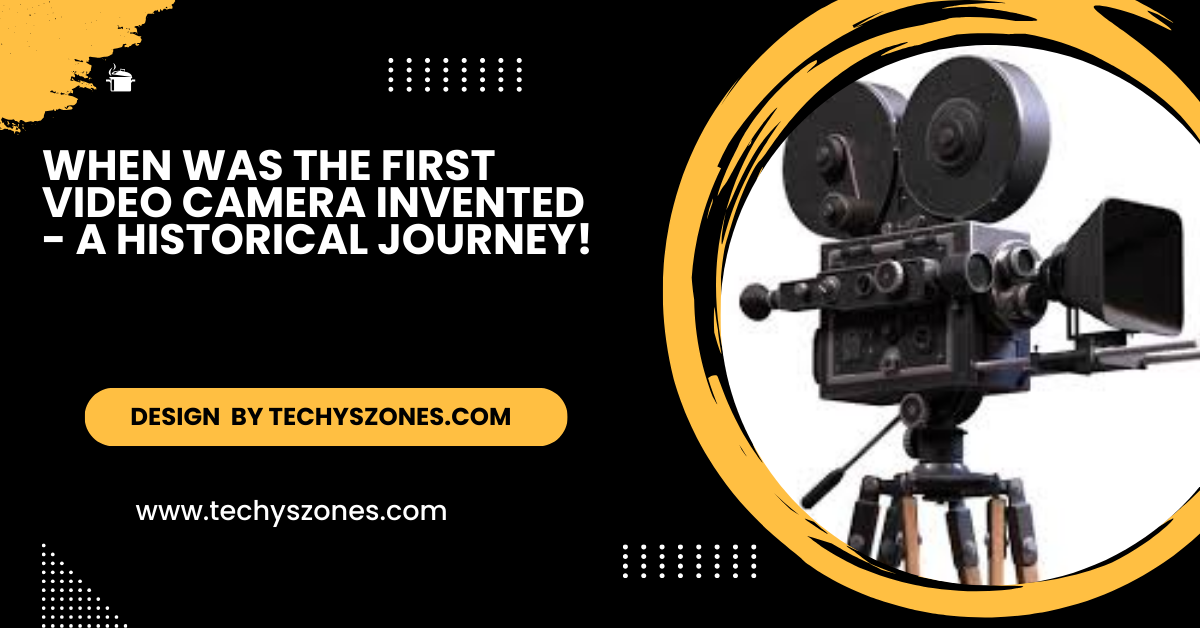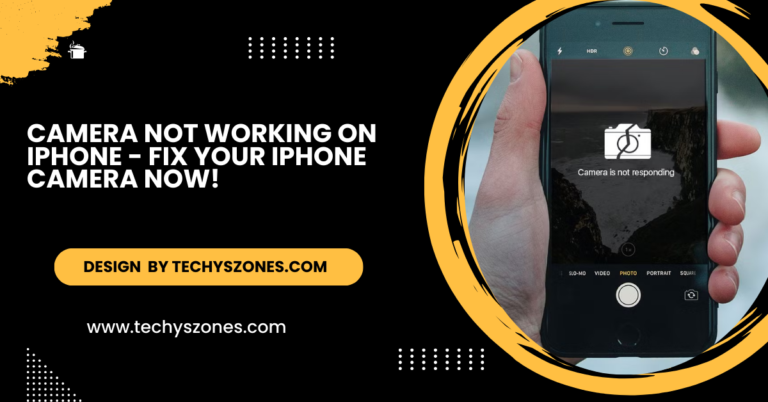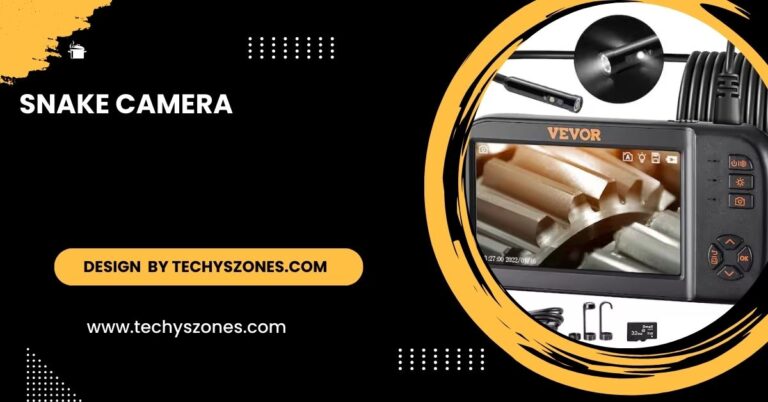When Was The First Video Camera Invented – A Historical Journey!
John Logie Baird’s televisor, developed in the 1920s, revolutionized video recording, enabling personal memory capture and platforms like YouTube.
In this article, we explore the history of video cameras, from early black-and-white recordings to today’s HD videos, and discover when the first video camera was invented.
The Birth of Motion Picture: The 1880s and 1890s:

The concept of capturing moving images dates back to ancient times, with shadow plays and early attempts at photography. However, it wasn’t until the 19th century that the foundations for modern video cameras were laid.
Eadweard Muybridge’s Experiments (1878):
While not a video camera in the traditional sense, Eadweard Muybridge’s work was a critical precursor to the invention of motion pictures.
In 1878, he set up multiple cameras along a racetrack to capture a sequence of a horse in motion, demonstrating that all four hooves leave the ground during a gallop. These images, when viewed in quick succession, created an illusion of movement, an early example of frame-by-frame recording.
Thomas Edison and the Kinetoscope (1891):
Thomas Edison, alongside his assistant William Kennedy Laurie Dickson, developed the Kinetoscope in 1891. It allowed one person at a time to view short films through a peephole.
Though not a true video camera, the Kinetoscope utilized a continuous loop of film, providing a basis for future video capture methods. Edison’s invention was more about playback than recording, but it signaled the beginning of moving pictures in mainstream entertainment.
Also Read: Hearthstone How To Lock Camera – Camera Lock Explained!
Louis Le Prince’s Motion Picture Camera (1888):
French inventor Louis Le Prince is often credited with building one of the earliest motion-picture cameras. In 1888, he recorded several short films, such as “Roundhay Garden Scene,” using a single-lens camera and paper film.
Although his contributions are sometimes overshadowed by Edison, Le Prince’s work represents a significant step toward the video camera.
The First True Video Camera: 1920s Innovation:

The first devices resembling video cameras as we know them today emerged in the early 20th century, blending early motion-picture concepts with new technologies.
John Logie Baird’s Televisor (1926):
John Logie Baird, a Scottish engineer, made history in 1926 by demonstrating the first working television system. He created a mechanical video camera known as the “televisor,” which could transmit live images using a rotating disk to scan objects line by line.
The images were primitive, with only 30 lines of resolution, but it marked the first time live motion pictures were sent through electronic means. Baird’s televisor is widely considered the first video camera in the context of capturing and transmitting moving images electronically.
The Electronic Revolution: The 1930s and 1940s:
Mechanical systems like Baird’s were soon replaced by fully electronic systems, which allowed for smoother and higher-resolution video capture.
Also Read: Do 2014 Mustangs Have Rear View Camera – Rear View Camera Options Explained!
Vladimir Zworykin’s Iconoscope (1931):
The transition to electronic video cameras was spearheaded by Russian-American engineer Vladimir Zworykin. He invented the Iconoscope in 1931, a camera tube that converted light into electronic signals.
Unlike previous mechanical systems, the Iconoscope could scan an entire scene at once, allowing for clearer and more consistent video. Zworykin’s invention is considered the first practical video camera for television broadcasting.
Early Television Broadcasts (1936):

The 1930s saw the rise of television as a form of mass media, with video cameras playing a central role. In 1936, the BBC in the UK began regular public broadcasts, using video cameras that relied on the Iconoscope.
This era marked the beginning of live broadcasts, where video cameras were used to bring real-time events into people’s homes.
Post-War Advancements: 1950s and 1960s
After World War II, video camera technology rapidly advanced, making it possible for television networks and private users to record and store footage.
Ampex VRX-1000 (1956):
A breakthrough came with the development of the Ampex VRX-1000, the world’s first commercial video tape recorder (VTR). Instead of relying on film, the VRX-1000 recorded video onto magnetic tape, allowing broadcasters to record, store, and play back footage.
This revolutionized television production, making it possible to pre-record programs and air them at scheduled times. The development of video tape technology also enabled early forms of home video recording, laying the groundwork for future consumer video cameras.
Also Read: Mach E Lane Assist Error Camera Image – Ultimate Guide!
Sony Portapak (1960s):
Before the 1960s, video cameras were large and cumbersome, requiring a studio environment for operation. Sony changed this with the introduction of the Portapak, the first portable video recording system, in 1967.
The Portapak consisted of a camera and a separate tape deck, allowing users to record video outside of the studio. This innovation became popular among journalists, artists, and documentarians, offering unprecedented mobility.
The Modern Era: 1980s to Present
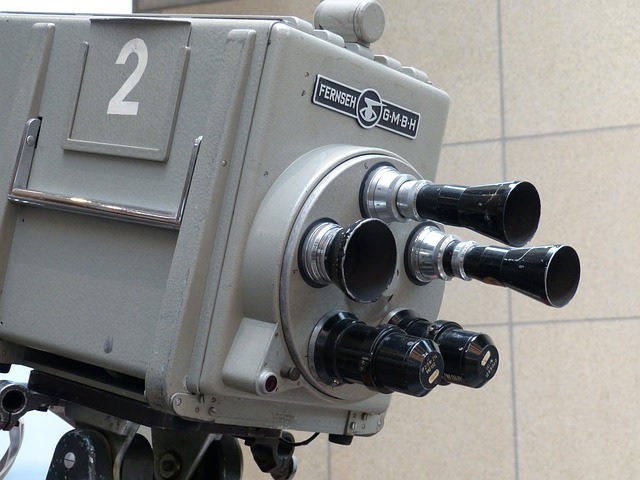
The 1980s brought video cameras into homes around the world, making it possible for anyone to record their own footage. This period saw the development of camcorders—portable devices that combined a video camera and video recorder into a single unit.
Sony Handycam (1985):
Sony’s Handycam line, introduced in 1985, made video recording accessible to families and hobbyists. With compact size and built-in VHS or Hi8 tape capabilities, the Handycam allowed people to document family gatherings, vacations, and everyday moments. It became a cultural phenomenon and a staple in many households during the late 20th century.
Digital Video Cameras (1990s):
The 1990s saw the transition from analog to digital technology, with digital video cameras becoming more affordable and user-friendly. Unlike analog video cameras that are recorded to tape, digital cameras store footage on memory cards, making editing and transferring video much simpler.
Digital video cameras enabled higher resolutions, leading to the development of high-definition (HD) cameras and, eventually, the 4K and 8K video cameras available today.
Also Read: Why Is My Camera Raw In Display P3 – Quick Guide!
The Cultural Impact of Video Cameras:
The invention of video cameras not only transformed technology but also had a profound impact on society and culture. Video cameras became essential tools for storytelling, journalism, and art.
Home Movies and Personal Memories:
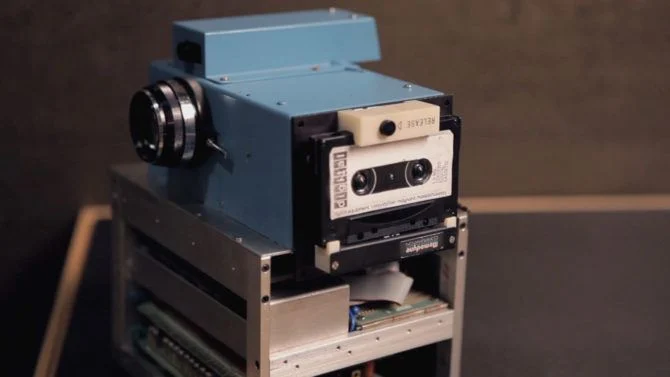
With the advent of consumer-friendly camcorders in the 1980s and 1990s, families could capture memories like never before. Birthdays, weddings, and vacations could be recorded and cherished for generations. The phrase “home movie” became synonymous with preserving personal history.
Citizen Journalism:
The accessibility of portable video cameras played a crucial role in documenting social movements and historical events. From the footage of civil rights protests in the 1960s to the widespread use of smartphones in the 21st century, video cameras have empowered ordinary people to capture events and share them with the world.
YouTube and Social Media:
The rise of digital video cameras and smartphones directly contributed to the creation of platforms like YouTube, where anyone can upload and share videos.
Video cameras became essential for vloggers, influencers, and content creators, shaping the landscape of digital media.
FAQ’s
1. What year saw the invention of the first video camera?
The first video camera resembling modern designs was developed in the 1920s, with John Logie Baird’s televisor in 1926 marking a significant milestone in capturing and transmitting live images electronically.
2. Who is credited with the earliest motion picture camera?
Louis Le Prince is often credited with building one of the earliest motion picture cameras in 1888, where he recorded short films using a single-lens camera and paper film.
3. What was the Kinetoscope?
The Kinetoscope, developed by Thomas Edison and his assistant in 1891, allowed one person at a time to view short films through a peephole, laying the groundwork for future video capture methods.
4. What technological advancement occurred in the 1950s?
The introduction of the Ampex VRX-1000 in 1956 revolutionized video recording by being the world’s first commercial video tape recorder, allowing for the recording and storage of footage on magnetic tape.
5. How did video cameras impact society and culture?
Video cameras transformed storytelling, journalism, and art, enabling families to capture personal memories, empowering citizen journalism, and giving rise to platforms like YouTube for sharing video content.
Conclusion:
In conclusion, the history of video cameras reflects significant advancements from early motion-picture devices to modern digital technology. Innovations like the Kinetoscope and Ampex VRX-1000 made video recording accessible to many. Today, video cameras are essential tools for storytelling and communication, profoundly impacting culture through platforms like YouTube and empowering individuals to share their experiences with the world.

